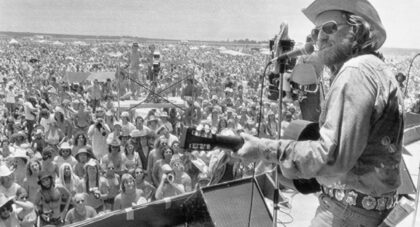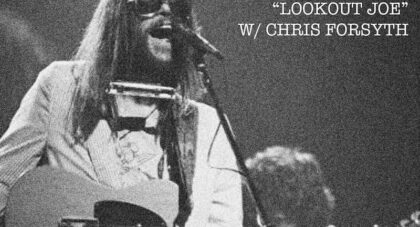Author’s note: this article originally appeared in 2012 on a now-defunct website called Dead Journalist. It has been salvaged, edited and updated for Aquarium Drunkard. - j jackson toth . . .
Only the good shit. Aquarium Drunkard is powered by its patrons. Keep the servers humming and help us continue doing it by pledging your support.
To continue reading, become a member or log in.


